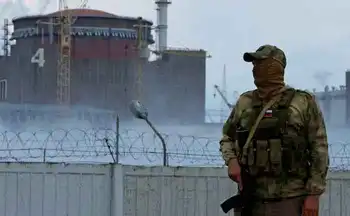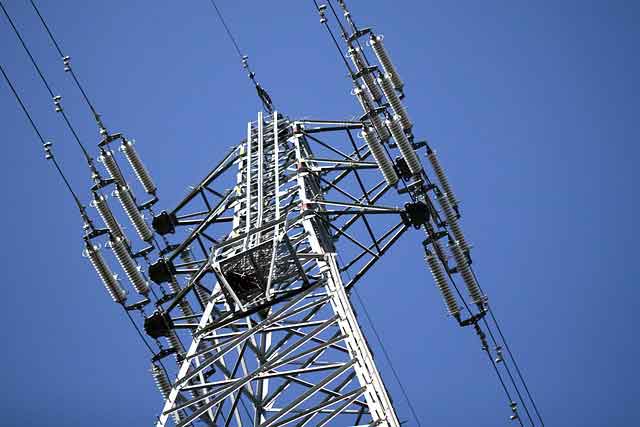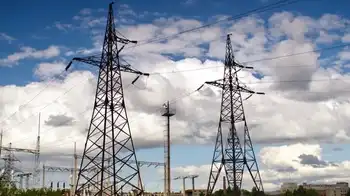Pilgrim power station failure probed
By Cape Cod Times
Arc Flash Training CSA Z462 - Electrical Safety Essentials
Our customized live online or in‑person group training can be delivered to your staff at your location.

- Live Online
- 6 hours Instructor-led
- Group Training Available
The emergency shutdown occurred during a series of tests performed as the plant was being brought back online after a refueling operation. The exact nature of the human error was unavailable as of yet, Entergy spokeswoman Carol Wightman said.
"The plant equipment performed as it was designed to," Wightman said.
The plant is not currently connected to the electric grid while operators finish an operation to replace spent fuel rods that power the nuclear reactor.
Officials are still investigating what caused the shutdown, Wightman said, adding that until a "root cause evaluation" is complete it would be premature to comment on the specific cause.
The plant was at 4 percent power and control rods that block the nuclear reaction that powers the facility were being "withdrawn as part of a planned reactor startup from a refueling outage," according to a U.S. Nuclear Regulatory Commission NRC report on the shutdown.
A protection system tripped during the control rod procedure, causing the SCRAM to occur, according to the NRC report. "All control rods automatically inserted in accordance with design," the report states.
The gradual start-up and testing that occurs at different power levels is part of the start-up process, Wightman said, adding that certain tests are required before the plant can come back online after refueling. Although the shutdown was not expected, it is not a cause for concern, Wightman said.
"It's not uncommon," she said.
Wightman could not say when the plant would be fully back online for competitive reasons but start-up operations have resumed, she said.
The shutdown had no impact on health or public safety, NRC spokeswoman Diane Screnci said.
Shutdowns occur commonly across the industry's 104 reactors in the United States but should not happen frequently at any one reactor, Screnci said.
If more than three unplanned shutdowns occur at a single plant over 7,000 hours of operation, additional NRC oversight kicks in, Screnci said.
In the first quarter of this year, the Pilgrim plant experienced no unplanned shutdowns, she said.
Although the NRC has resident inspectors at all plants, it is the responsibility of the nuclear plant's owner to investigate why a SCRAM occurs, she said.
SCRAM is an acronym for "safety control rod axe man," which is a reference to the worker assigned to insert the emergency control rod on the first U.S. nuclear reactor, according to the NRC website.
Pilgrim and other nuclear plants around the world have faced increased scrutiny over safety issues since an earthquake and tsunami in Japan led to an ongoing crisis at the Fukushima Daiichi nuclear plant.
The Pilgrim plant's operating license expires in 2012, and Entergy's request to extend the license for another 20 years is pending before the NRC.
Advocates for more oversight of safety issues at nuclear plants argue that the crisis in Japan has raised serious concerns for plants in the United States, especially ones such as Pilgrim, which is the same type as the Fukushima Daiichi plant.
In particular, nuclear safety advocates see potential danger in the high number of spent fuel rods kept in water-filled pools at the Pilgrim plant.
Entergy and NRC officials have said that the spent fuel rods in the pools are safe.











